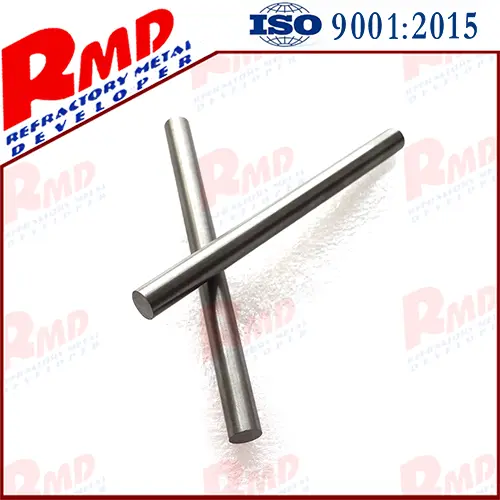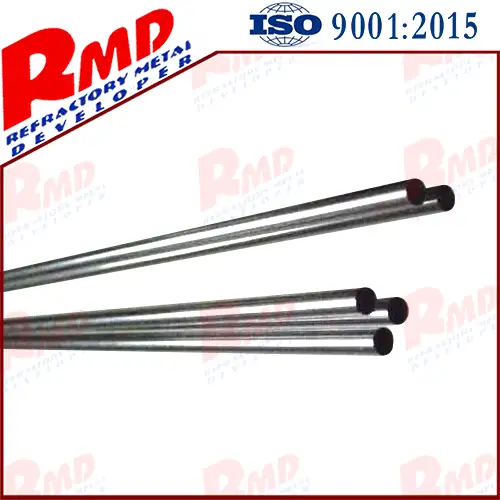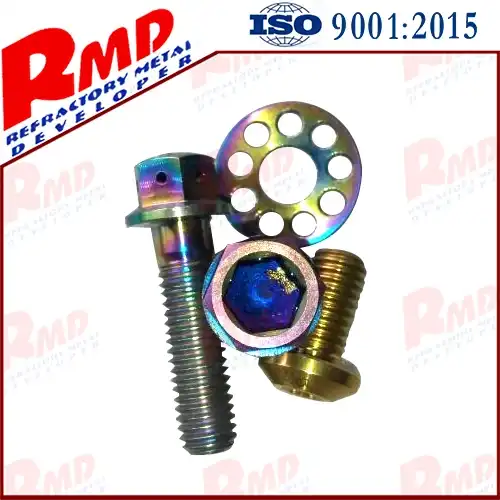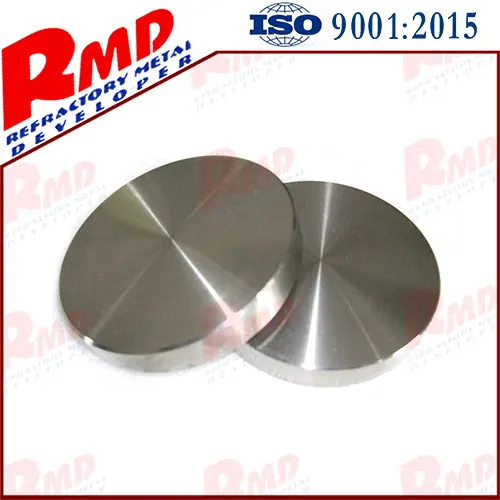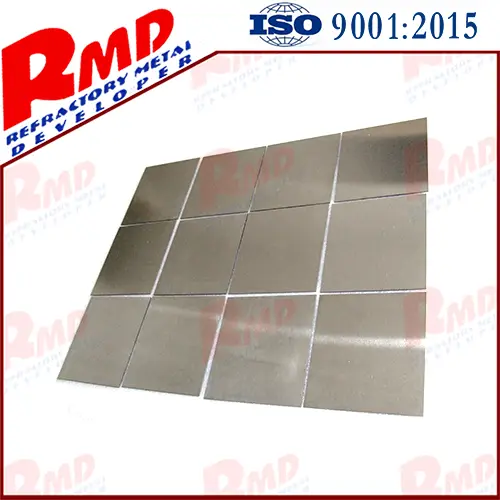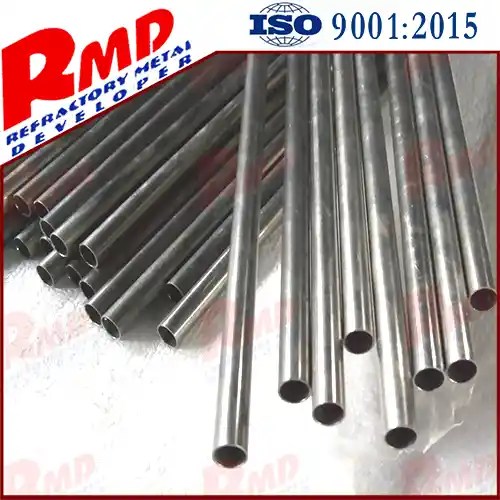- English
- French
- German
- Portuguese
- Spanish
- Russian
- Japanese
- Korean
- Arabic
- Greek
- German
- Turkish
- Italian
- Danish
- Romanian
- Indonesian
- Czech
- Afrikaans
- Swedish
- Polish
- Basque
- Catalan
- Esperanto
- Hindi
- Lao
- Albanian
- Amharic
- Armenian
- Azerbaijani
- Belarusian
- Bengali
- Bosnian
- Bulgarian
- Cebuano
- Chichewa
- Corsican
- Croatian
- Dutch
- Estonian
- Filipino
- Finnish
- Frisian
- Galician
- Georgian
- Gujarati
- Haitian
- Hausa
- Hawaiian
- Hebrew
- Hmong
- Hungarian
- Icelandic
- Igbo
- Javanese
- Kannada
- Kazakh
- Khmer
- Kurdish
- Kyrgyz
- Latin
- Latvian
- Lithuanian
- Luxembou..
- Macedonian
- Malagasy
- Malay
- Malayalam
- Maltese
- Maori
- Marathi
- Mongolian
- Burmese
- Nepali
- Norwegian
- Pashto
- Persian
- Punjabi
- Serbian
- Sesotho
- Sinhala
- Slovak
- Slovenian
- Somali
- Samoan
- Scots Gaelic
- Shona
- Sindhi
- Sundanese
- Swahili
- Tajik
- Tamil
- Telugu
- Thai
- Ukrainian
- Urdu
- Uzbek
- Vietnamese
- Welsh
- Xhosa
- Yiddish
- Yoruba
- Zulu
Surface Modification Technology Of Tantalum And Tantalum Rod Porous Tantalum
2024-01-05 18:00:06
Tantalum (Ta) has been widely used in aircraft, rockets and other heat-resistant materials as well as industrial fields that need high strength parts due to its excellent corrosion resistance, high melting point, high strength and abrasion resistance. Moreover, tantalum rod and metal tantalum has good physical and mechanical properties, good biological compatibility, performance after titanium became a new type of biological materials, is widely used in dental implant implantation, treatment of femoral head necrosis, coronary stenting, artificial acetabulum prosthesis implantation, surgical sutures and other related medical field.
In recent years, with the deepening of tantalum research, it has been found that porous tantalum has a honeycomb structure similar to human cancellous bone, and has low elastic modulus and high friction characteristics. Therefore, porous tantalum is also called Tantalumbone. This paper will introduce the current research status of tantalum and porous tantalum from the aspects of its structural mechanical properties, biological properties, research progress of surface modification technology, and application in stomatology.
1. Structural mechanical and biological properties of porous tantalum
The preparation technology of porous tantalum is relatively complex, the main methods include: vapor deposition method, organic foam impregnation method and laser rapid forming, powder sintering, etc., the above method was prepared by the pore diameter of porous tantalum um size of 300-600, compared with other metal material with porous structure with high porosity (66.7% 80%), the characteristics of the groups can accelerate the internal.cause pore, improve the porous tantalum internal nutrient exchange, making it have the potential to grow the higher organizations introversion. In addition, the porous tantalum has low elastic modulus, higher surface friction coefficient and excellent mechanical properties, its elastic modulus is 1.22 GPa, between cancellous bone (0.1 to 0.5 GPa) and compact bone (12-18 GPa) between, in the process of medical implanted in the bone tissue can avoid the stress shielding effect, is conducive to the normal conduction of biological stress. Higher surface friction coefficient can increase the adhesion of bone cells to the surface, facilitate the tight adhesion and growth of cells, and guide the differentiation and maturation of osteoblasts and their osteogenesis.
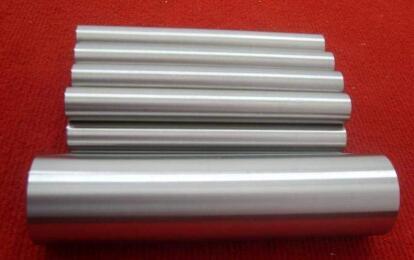
2. Study on the surface modification of medical tantalum and porous tantalum in tissue engineering
Medical tantalum and porous tantalum have broad prospects in bone substitutes and dental implants due to their excellent tissue engineering properties and biocompatibility. Implants surface micro environment is essential, good surface performance increases the contact area between the implant and bone tissue, improve the quality of the contact, is beneficial to early stability of implants, especially in the field of oral planting, cultivation, immediately instantly repair, and instantly weight concept put forward need to implant good initial stability for early functional load. Therefore, the current focus is on the research of surface modification technology of medical tantalum and porous tantalum to accelerate bone healing in implants and provide more lasting and stable bone bonding. Since the 1970s, research has been focused on surface modification of tantalum and porous tantalum to obtain better biological properties. A review of the literature published at home and abroad in the past ten years shows that the main surface modification technologies include surface anodic oxidation, bionic coating, surface functionalization, alkali heat treatment and activation modification.
2.1 surface anodic oxidation
Surface anodic oxidation technology effect way to rely on acid solution (sulfuric acid, oxalic acid, phosphate, silicate, etc.) as the electrolyte, the electrolytic oxidation under certain current voltage to orderly from forming on the surface of the nanotube layer (nanotube control-insistent pang) structure of tantalum pentoxide (Ta2O5) oxide layer surface, changing the biological characteristics of the surface. At present, the biological properties of tantalum and porous tantalum surface after anodic oxidation have been studied. WangNa, such as in vitro experimental study report, after modification of the surface of the metal tantalum pentoxide tantalum nanotubes oxide layer structure can strengthen bovine serum albumin and fibronectin adsorption, improve between rabbit bone marrow mesenchymal stem cell adhesion and proliferation, and promote the osteogenesis factor of alkaline phosphatase (ALP), type I collagen (CollagenI), the expression of Osteocalcin (Osteocalcin), osteogenesis to its differentiation. In vitro experiments, other scholars found that tantalum metal surface modified by tantalum pentoxide oxide layer could significantly promote the adhesion and proliferation of human osteoblasts, and enhance the expression of alkaline phosphatase of human osteoblasts, the generation of bone nodules, and the mineralization and deposition of bone matrix.
2.2 surface bionic coating bionic coating surface treatment technology
Based on the heterogeneous nucleation principle, the implant was immersed in a supersaturated calcium phosphate solution, which nucleated on its surface and formed a coating. Because bionic coatings are prepared in aqueous solutions in close to physiological conditions, their composition and structure are more similar to minerals in natural hard tissues. Elena etc. The study found that the treated with calcium phosphate bionic coating metal tantalum in vitro can promote the proliferation and osteogenesis of mesenchymal stem cells to differentiate between the bone marrow, F.B arrere team with calcium phosphate bionic coating cylindrical porous tantalum implants inserted in the goat back muscles, 12 weeks after implant muscles in ectopic ossification (ectopicbone); The team then implanted a porous tantalum implant with a bionic coating of calcium phosphate into the femur shaft of a 14-week-old female goat.
And scholars conducted on tantalum metal and porous scaffolds bionic coating modification of calcium phosphate, used for in vivo and in vitro test, compared with the untreated smooth surface, the biomineralization properties on the surface of calcium phosphate bionic coating modification greatly increased, hydrophilic can also substantially increase at the same time, is advantageous to the sample of osteogenesis cells TieFu and stretching, and the subchondral bone defect in rabbit body in promoting the formation of guided bone regeneration.
2.3 surface functionalization
Surface functionalization technology refers to the self-assembled membrane formed by the combination of surface and drug in a variety of ways, which has the function of continuously releasing bioactive substances after implantation in the body. Studies have reported that in the application of porous tantalum implant surface electrostatic self-assembly of anti-cancer drug doxorubicin placement by polyelectrolyte hyaluronic acid, methylation and terpolymer collagen synthesis in the formation of the copolymer film, after a month of in vivo observation found that doxorubicin around implants in the body for the release of a month, and inhibits the proliferation of cartilage SW1353 sarcoma cell line. Other scholars research using electrolytic polishing technology with silane RGD peptides (cRGDfK) combined with chemical method to metal tantalum surface functionalization surface modification, the experiment shows that the processing surface can provide good growth environment, vascular endothelial cells after combining cRGDfK tantalum surface to form a higher cell density, better stretch and contact between cells, and functional (no RGD peptides) surface, improve the processing surface Saos attached with a performance - 2 cells, Saos - 2 quantity of cell adhesion and cell adhesion area are increased.
KishoreUdipi research, such as in the tantalum plate surface by covalent bonding will have anti-inflammatory properties of low molecular weight sod analog (SODm) combined with to the surface of tantalum sheet, and inserted into the female rats back subcutaneous tissues, histological detection of acute stage (3 days) rich neutrophil acute exudate decreased significantly compared with controls, chronic inflammation (28 days), foreign body giant cells and the formation of fibrous capsule was also significantly reduced.
2.4 alkali/alkali heat treatment activation modification
Alkali heat treatment means that the implant is immersed in NaOH solution and then heat treated at high temperature. After alkali heat treatment, the implant can form bionic apatite on the surface of the body, which can be directly bound to the bone. The sodium salt gel produced by NaOH treatment alone is unstable and its binding with the metal matrix is weak, which will affect the binding between apatite and the metal matrix, and ultimately affect the binding between implant and bone. The sodium salt gel dehydrated into a compact and stable amorphous structure after heat treatment.
Studies have confirmed that the surface modification of porous tantalum alloy (Ti6Ta4Sn) scaffold by alkali heat treatment enhanced the adsorption of simulated body fluid (SBF) and promoted the adhesion of saos-2 cells. Other experimental studies showed that after alkaline treatment on the surface of porous tantalum, 3t3-e1 cells were inoculated on it. After five days of culture, actin fibers and osteoid tissues were detected to be all over 3t3-e1 cells. At week 4 and 12, new capillaries and bone grow into the void of porous tantalum.
3. Application of medical tantalum and porous tan in stomatology
Tantalum has been used as an implant material in the restoration of patients with missing teeth. With the development of science and technology, porous tantalum has also been tried to be used in the field of implants. Because of its excellent mechanical performance, biological properties, with bone tissue equivalent elastic modulus, high coefficient of friction, can provide good bone implant combined with early and stability, and is referred to as the trabecular bone implant, in addition, it has with bone tissue equivalent modulus of elasticity (between cancellous bone and compact bone) makes the implant teeth in the mouth of the long-term functional load force scattered into the surrounding bone, avoid the stress concentration.
Experiments have shown that conventional implants can absorb 30% of the load energy while porous tantalum implants can absorb 50%-75% during the process of tooth force loading. The high friction coefficient enables it to have good initial stability during the implant implantation, thus improving the bonding rate of implant teeth, especially for implant patients with poor bone quality. At the same time, professor liu hongchen put forward the idea of drug delivery in the artificial dental implant, which is expected to improve the damaged bone healing ability in the condition of bone metabolism on the basis of promoting bone union of the implant through drug loading in the porous tantalum dental implant. In addition, studies on the role of porous tantalum in the repair of jaw defects are also being carried out. The three-dimensional structure of porous tantalum has pores, which are conducive to the adhesion of bone marrow mesenchymal stem cells and osteoblasts on its surface. The pore structure is similar to bone tissue, providing a good scaffold for the growth of bone tissue.
Relevant research reports confirmed that porous tantalum particle has good capability of inducing osteogenesis, the jaw bone repair effect is better than that of commonly used clinical Bio - oss bone meal, experimental jaw bone defect model was constructed, the porous tantalum particle and Bio - oss bone implant beagle respectively at the right and the left mandibular bone defect area, three months after general samples, X-ray radiography, hard tissue section inspection found that the porous tantalum particle group on bone formation and bone maturity were higher than control group (Bio - oss bone meal).
4. To summarize
Tantalum and porous tantalum because of its good biological compatibility, in the medical fields, such as oral medicine, bone surgery, cardiovascular surgery, such as biomedical engineering has important clinical value and application prospect of the application of its surface modification technology will make porous tantalum metal tantalum and have more excellent biological properties, thereby greatly improving tantalum and the combination of porous tantalum implant and surrounding bone interface, so as to better improve the clinical curative effect of implants.
